The African Kingfisher bird is a small to medium-sized bird in the family Alcedinidae, that is noted for its strikingly beautiful body markings, colours, long thick beaks, and stocky bodies.
They can be found all around the world and have a cosmopolitan distribution: Most kingfisher species can be found in the tropical areas of Oceania, Asia and Africa, with some species in Europe.
In this article, you will get to know them better and I’ll take a look at the kingfishers in Africa of which there are 18 species.
What do Kingfishers look like?
Kingfishers are birds that have bills that are long, sharp and pointed, short legs, a large head, and stocky bodies with most weighing 9-426 g ( 0.32-15 oz.), and they belong to the smallest birds of Africa.
Most kingfishers have brightly colored feathers ranging from green, bright blue, gold, red or turquoise, with some having speckles, spots, dashes or stripes on their feathers.

The bright colours are usually a result of the feather structure which causes scattering of the light wavelength that is visible about the bird, be it blue, turquoise or other colours.
Kingfishers have great eyesight, in that they have Binocular vision and are also thought to have excellent colour vision.
Are you thinking about buying binoculars to have a good look at all the magnificent birds of Africa?
How Do Kingfishers Hunt?
They track prey and objects by head movements as the eyes have limited movement within the eye sockets.
Since they hunt over clear water, their eyes are capable of adjusting and compensating for the refractive index of water helping them pinpoint with accuracy a prey’s position inside the water.
Kingfishers have short strong legs that they use to stay perched in an upright position for long periods of time looking out for prey.
They will be found near shallow or slow-moving streams or rivers clean enough to support abundant fish and will avoid polluted or fast-moving rivers as these do not contain enough fish numbers.
When fishing they usually prefer fish that is about 23 mm in length but will handle larger fish, up to 80 mm in length.
When prey is sighted in water, they will dive to depths of up to 25 cm (10 in), after which the fish is taken to the perch to be eaten.
Most kingfishers have a third eyelid, also known as a nictating membrane that closes when they dive into the water. Once they return to their perch with the catch, they will repeatedly strike against the perch to kill, or even break open the shells of some crustaceans such as crabs.
Kingfishers and their habitats.
Although it is in the name, not all kingfisher species are aquatic and some are habitants of forests and savannahs.
Kingfishers are highly territorial birds with the territory size being dependent on the bird population in the area and the amount of food present.
Territories tend to cover at least 1km of river, and may extend even further up to 5 km, for the aquatic kingfishers.
These birds are solitary, but during the breeding season, will come together. Their nests are built in burrows dug from dirt banks, old termite mounds, or tree cavities.
The burrow is made by both males and females digging with their feet and will take at least three days to complete.

The burrow is usually about 1 to 2 m(3 to 6 ft.) along with the entrance sloping upwards to prevent flooding. Those in woodlands will choose a good tree hole in which to lay eggs.
Kingfishers occupy a wide range of habitats, from lakes, estuaries, coastlines, rivers, and forested streams to forests.
They have also adapted to man-made habitats; these are the kingfishers adapted to woodland areas, such as in cultivated and agricultural zones, as well as gardens and parks within cities. They can be found nearly everywhere except the Sahara desert.
Some species in Africa will migrate from the South of Africa, spending the summer there and moving North towards Central and East Africa during the cold months.
Kingfishers only migrate after dark, and this brings about the confusion caused by artificial city lights, and a significant number are killed when they fly into obstacles or buildings.
What’s for dinner for the Kingfishers?
Their diet includes a wide range of prey ranging from fish, crustaceans (crabs, and shrimp), amphibians ( toads, and frogs), molluscs, annelid worms, reptiles, mammals, centipedes, to insects.
Those kingfisher species that hunt on the water have longer, compressed bills while those that hunt on land have shorter broader bills.
Kingfishers have voracious appetites as they eat their weight in fish and prey each day, making them vulnerable to habitat loss.
The African Kingfisher bird, a list of species.
The African Kingfisher bird can be divided into 2 categories: non-aquatic Kingfishers and aquatic Kingfishers:
Non-Aquatic kingfisher species.
- African Dwarf Kingfisher.
This is the smallest kingfisher species not only in Africa but also in the world, standing at 10 cm (3.9 in), and weighing between 9-12 g(0.32-0.42 oz.).
- Shovel Billed Kookaburra/ Shovel Billed Kingfisher.
- Kofiau Paradise Kingfisher.
- The Brown-hooded kingfisher.
- Grey-headed Kingfisher.
- Woodland Kingfisher.
- Striped Kingfisher.
- African Pygmy Kingfisher.
- Madagascar Pygmy Kingfisher.
- Mangrove Kingfisher.
- Chocolate-Backed Kingfisher.
- Blue-Breasted Kingfisher.
Aquatic Species.
- The Giant Kingfisher.
This is the largest Kingfisher species in Africa standing at 41-46 cm ( 16-18 in), and is also the second heaviest species in the world at 255-426 g (8.9-15 oz.).
- Malachite Kingfisher.
- Halfcollared Kingfisher.
- Pied Kingfisher.
- White Bellied Kingfisher.
- Malagasy Kingfisher.
FAQs On The Kingfisher Bird
I always try to include the most FAQs on my website and answer them, so here we go 🙂 :
1. Why are they called kingfishers?
The origin of the name is disputed but can be traced back to a German word that means to shine or shimmer; eisan.
2. How long can a Kingfisher live?
Kingfishers have an average lifespan of between 6 to 15 years depending on the species.

3. Do kingfishers eat all day?
Kingfishers usually need to eat their body weight in fish each day, so they’ll spend a good portion of the day hunting for food.
Although they are active throughout the day, if they get a good meal early, then they relax for a few hours to preen their feathers and digest, but after that, they get back to their hunting.
During the breeding season, this is when they are most active, as there are more mouths to feed.
4. How do kingfishers protect themselves?
Kingfishers have many predators from domestic cats, hawks, wild foxes to rats, and particularly when they are nesting. Adult kingfishers escape predators by either flying away fast or diving into the water.
5. What is the special ability of kingfishers?
Due to their appetites, Kingfishers can ingest prey that is far bigger than them. After eating a prey whole, part of the prey will sometimes stick out of their mouth as the rest of it is being digested slowly.
Also, many aquatic or fish-eating kingfishers will manipulate their prey so that the head is always ingested first, this is believed to prevent scales or sharp fins or any spikes from getting caught and scraping the throat.
My Final Conclusion.
I hope that you enjoyed this blog post on the African Kingfisher bird and if you have any more questions about this topic, please feel free to ask them below in the comment section!
You can also join my social media pages or Facebook group for more pictures and videos of my travels to Africa and more.
I wish you happy birdwatching!
Kind regards,
Lizzy
I now have a YouTube channel as well!
YouTube
Hello Africa travellers!
Who am I? Well, the least you can say is that I am quite crazy about Africa, its nature, its climate, its culture, and more.
As a young woman in my twenties, I had already traveled to several African countries by traveling along in an overlander on my own and mostly camping ( or glamping ) and just fell in love with the diversity of it all.
So much, so that at the age of 26, I went back to university to study biology, which, unfortunately, I couldn’t finish because of health reasons (yes, I got sick from a tropical disease, oh cynicism). But this did not stop my dream of traveling back to Africa several times, and I still do.
My dream was back then to leave Europe and go study animal behavior, especially the elephants (sure, that’s every girl’s dream haha), but I am also very much intrigued by hyenas and other “ugly African animals“.
So, I “kind of” have a little bit of a scientific approach to my articles, when I write about African birds, for example. And most of all: the passion.
But life goes on, you move from one side of the country to the other, you get sick again and top it off with lower back problems, and before you know it, you are over 50 hahaha!
Now, I still travel to Africa, but take it a bit “easier” than the good old camping days, and stay in comfortable, yet affordable accommodations, together with my husband Wouter.
These are some of the countries I have traveled to: Kenya, Tanzania, Zanzibar, Malawi, Zambia, Zimbabwe, South Africa, Namibia, Botswana, Tunisia, and a little bit of Lesotho LOL .
While clearly not being African territory, but Spanish, I also visited Gran Canaria and Tenerife, and location-wise, I consider them “African”, because of their climate and nature, sue me :-p
The last trip I took was to South Africa in the year 2023, and it sure got the fevers for Africa back! From the Barberton mountains to the Drakensberg and the Southcoast, one month wasn’t enough at all to see the whole country, so we’ll be back! At ease and with a little bit more luxury than in my younger days haha!
I wish you happy travels!
Kind regards
Lizzy

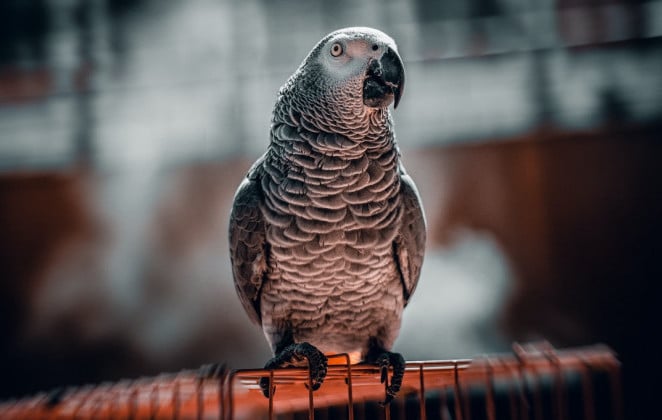

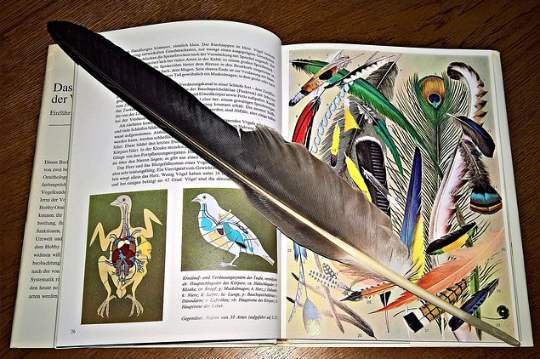
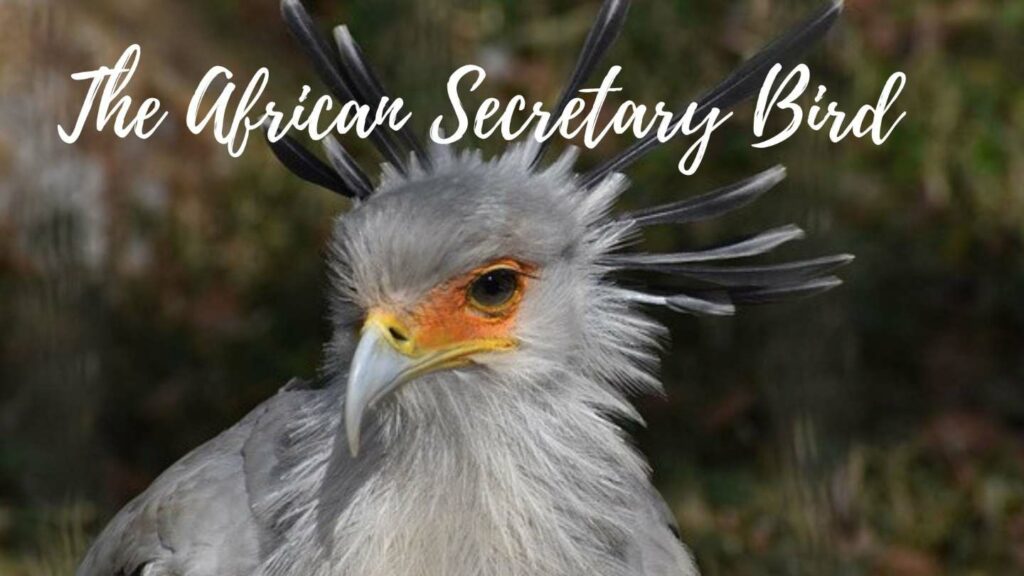
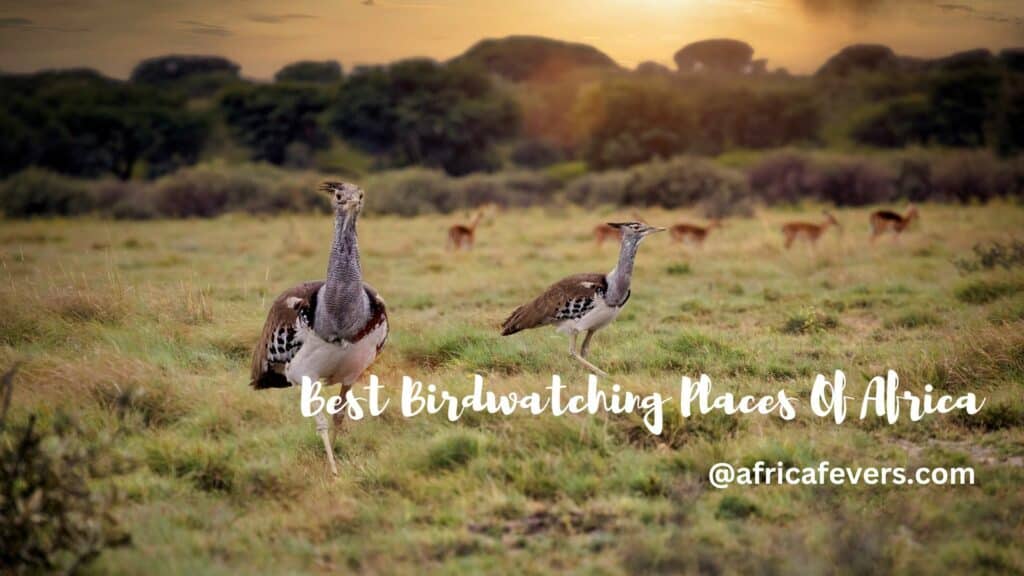

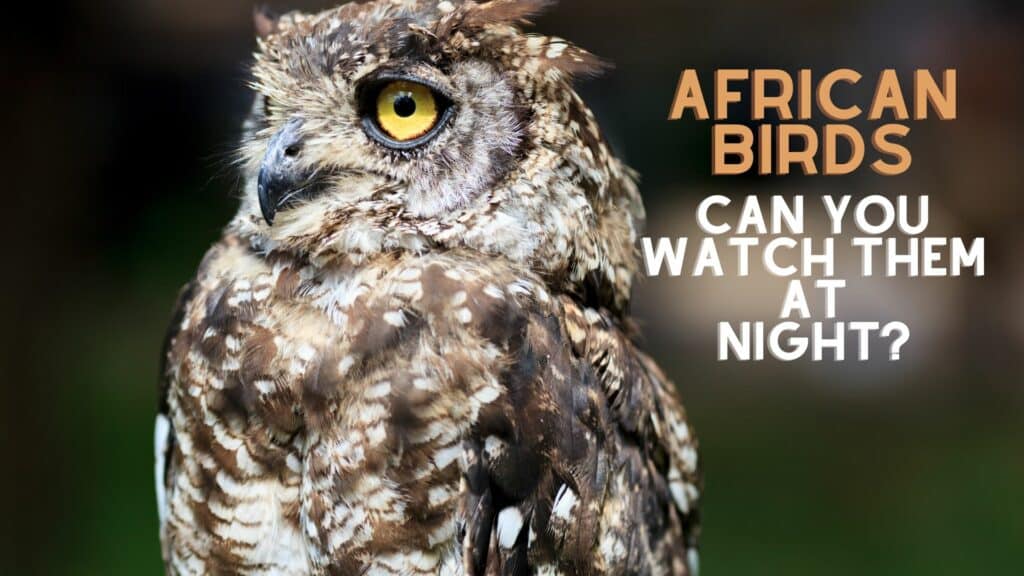
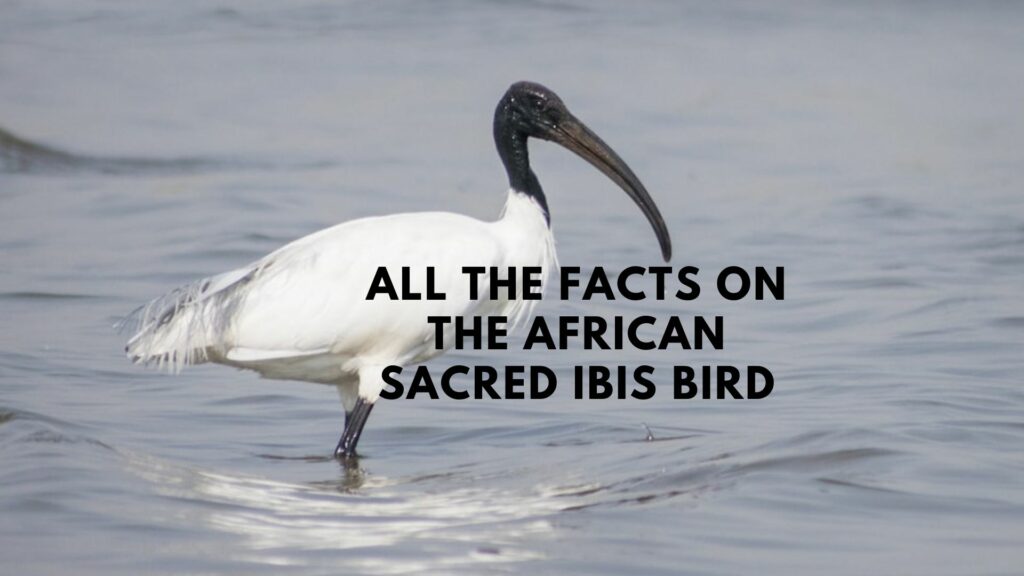


Hi,
I have gone through the blogs on your website and I must say that your niche is very unique and happening. The images and colors chosen are awesome and exciting. Although I liked all the images, my favorite one is Half colored Kingfisher.
You have given detailed information about kingfisher in your blog and I really enjoyed reading it.
Thank you,
All the Best,
Manisha
Hi Manisha!
Thank you for all the compliments and I am happy that you are enjoying my blogs, thank you!
Kind regards,
Lizzy
Interesting article on King Fishers. Never knew they were so many varieties, especially the Big one over 15 inches tall and weighing in at 1 lb. Are there any King Fishers in the US particularly the midwest? There is a big following of exotic birds in my area that Ive recently learned about. I plan on going on nature hikes this summer
Hello Thomas!
While I’m not specialized in Kingfishers of America, it seems that there are several species of kingfishers as well. like the belted kingfisher, green kingfisher, Amazon kingfisher, and ringed kingfisher, and more.
I hope that you will find them on your hikes next summer;-)
Kind regards,
Lizzy